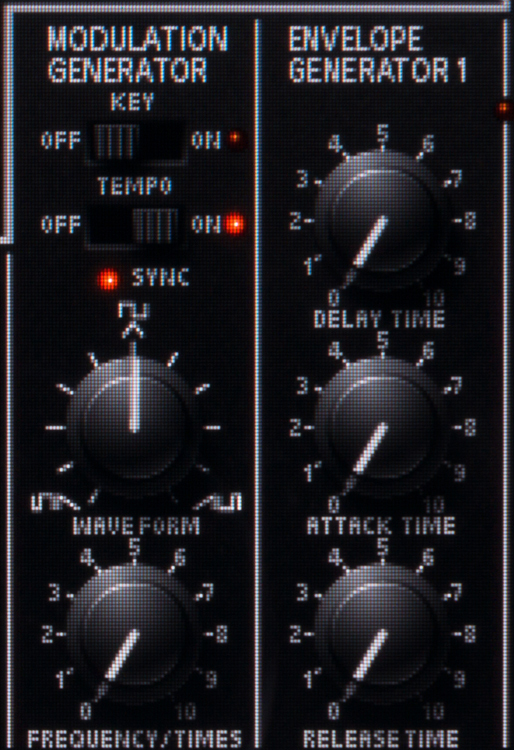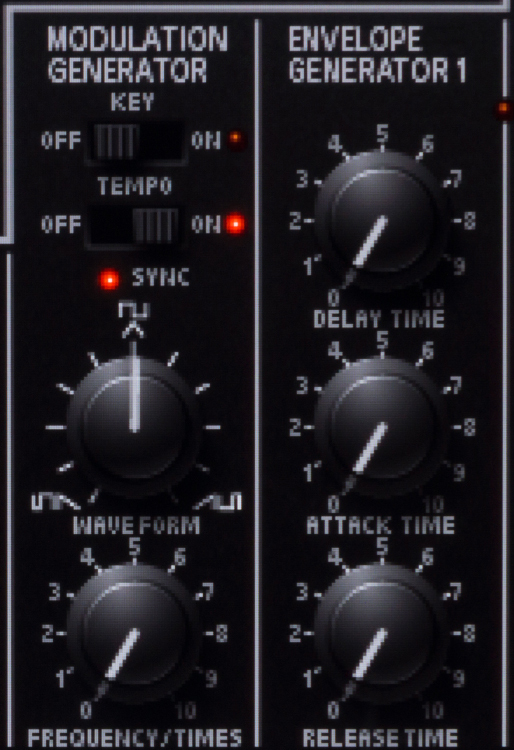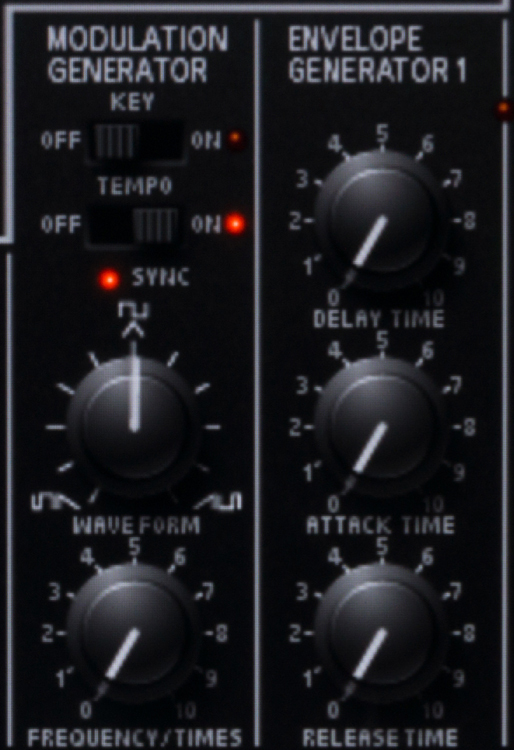I'm considering buying a new monitor in the next few months when the next set of G-sync monitors come out. I currently have a 27" 1440p PLS panel and a Titan X, but I doubt if the Titan X will be able to handle 4K with everything maxed out.
So I want to hear from anyone who actually OWNS a 4K panel how games look on it if run at 1080p. If I can run 1080p on a 4K panel without image quality loss then I will buy the Asus ROG PG27AQ 4K panel, but if there is image quality loss then I will have to go for the Acer Predator X34, which is an Ultra-wide panel.
By the way here are the specs for these two monitors:
Asus ROG Swift PG27AQ
27" IPS 3840 x 2160p 60Hz G-Sync
Acer Predator X34
34" IPS 3440 x 1440p 75 or 100Hz(?) G-Sync
Thanks in advance guys
So I want to hear from anyone who actually OWNS a 4K panel how games look on it if run at 1080p. If I can run 1080p on a 4K panel without image quality loss then I will buy the Asus ROG PG27AQ 4K panel, but if there is image quality loss then I will have to go for the Acer Predator X34, which is an Ultra-wide panel.
By the way here are the specs for these two monitors:
Asus ROG Swift PG27AQ
27" IPS 3840 x 2160p 60Hz G-Sync
Acer Predator X34
34" IPS 3440 x 1440p 75 or 100Hz(?) G-Sync
Thanks in advance guys
![[H]ard|Forum](/styles/hardforum/xenforo/logo_dark.png)


